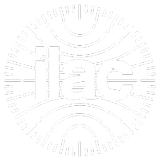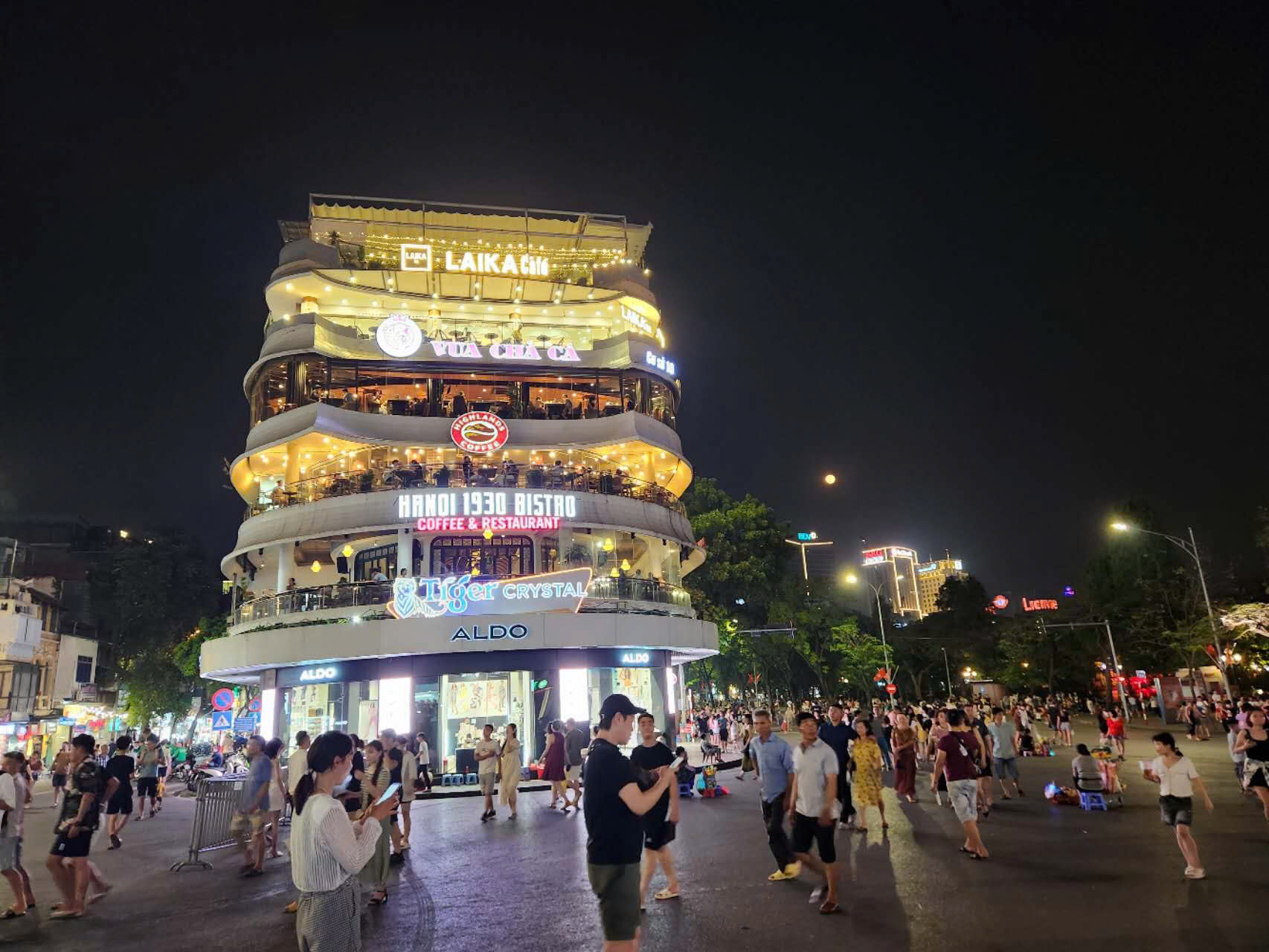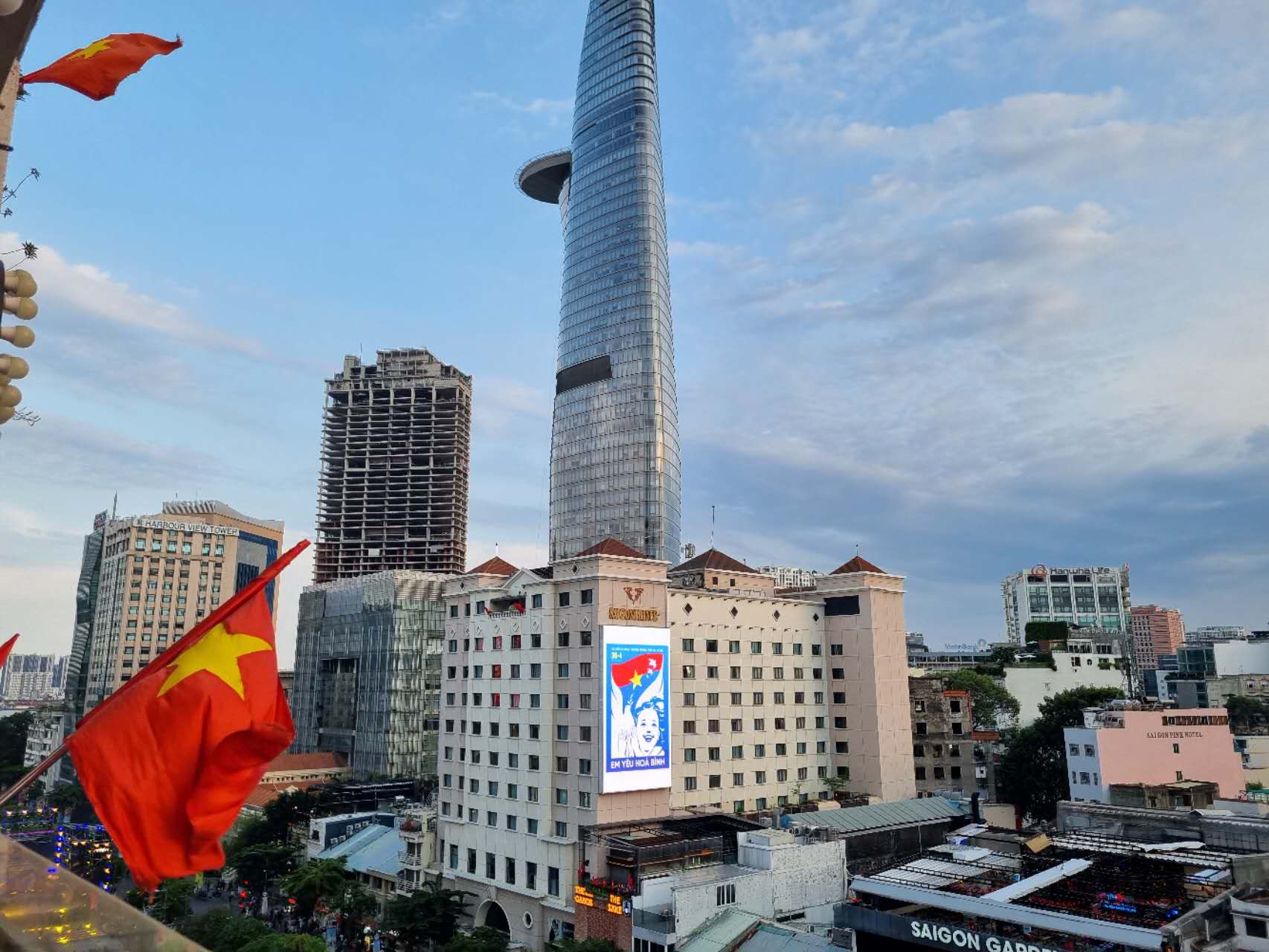If you are an importer or manufacturer of
children’s clothing, you must know your products’ safety standards and regulations. One of the primary standards you must follow is EN14682, which deals with the safety of cords and drawstrings on children’s clothing.
What is EN14682 – Safety of Children’s Clothing?
EN14682 is a European standard that sets children’s clothing requirements and test methods for cords and drawstrings. Cords and drawstrings are the parts of clothing you can adjust or fasten, such as hoodies, jackets, pants, etc. They can be risky for children because they can catch on something, wrap it around their necks, and harm them. EN14682 helps to protect children from cords and drawstrings on their clothing. The standard applies to all children’s clothing up to 14 years old, including costumes and ski clothes. The standard EN14682 is only for cords and drawstrings on children’s clothing. It does not cover other children’s items like footwear, hats, gloves, etc.
Why is EN14682 important?
EN14682 is important because if a clothing product complies with this standard, children can wear safe clothes and avoid potential hazards from cords and drawstrings. Cords and drawstrings can risk strangulation, entrapment, or injury if caught on playground equipment, furniture, doors, etc. They can also create accidents if they become entangled with other children or animals. Therefore, it is important to follow the rules and guidelines of EN14682 to prevent these risks and to protect children from harm.
How to comply with EN14682?
To comply with EN14682, you need to follow the rules and guidelines for different zones of the body and different types of cords and drawstrings. The standard defines four zones of the body: zone A (head and neck area), zone B (upper chest area), zone C (waist area), and zone D (lower edge area). The standard also defines four types of cords and drawstrings: functional (used for adjusting the size or shape of the garment), decorative (used for aesthetic purposes only), fixed (attached to the garment at both ends), and free (not attached to the garment at one or both ends).
The standard also tells us the biggest size that cords, and drawstrings can be in different areas and for different things. For example, the standard does not allow any cords or drawstrings in zone A for children up to 7 years of age. For children from 7 to 14 years of age, the standard allows functional cords or drawstrings in zone A, but they must not exceed 7.5 cm in length when the garment is fully stretched.
The standard also tells us how to check the size and shape of the strings and cords on the clothes and how strong they are attached to the clothes. The standard also gives us some tips on making clothes for kids with no strings or cords that can cause trouble.
EN14682 is a harmonized standard under the EU General Product Safety Directive. This means that if children’s clothing meets this standard for the risks covered by it, then it is considered to meet the General Product Safety Directive. On the other hand, if children’s clothing does not meet this standard, it will likely be considered unsafe.
EN14682 was revised in 2014 and 2019 to provide more clarity and guidance for users. However, EN14682-2007 is still harmonized under the EU General Product Safety Directive until further notice. Therefore, retailers and brands should continue to meet this standard version until a new harmonized version is published.
Choosing a professional Quality Control partner for your Children’s Clothing’s Quality Requirements

If you are looking for a reliable and professional company to help you with
quality control and inspection, you can contact VIS Quality Control. We provide professional fabric testing and inspection services. We can help you comply with EN14682 and other standards. Contact us today!

